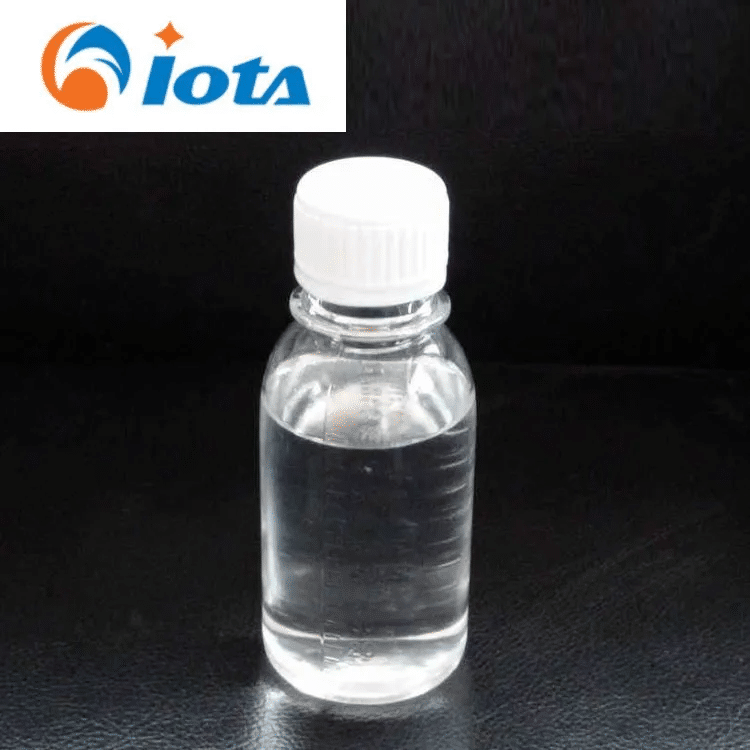Reported from Beijing on September 12, 2025
When a certain organic silicon company released its first "Carbon Neutrality Action White Paper", the industry was undergoing a silent revolution: ESG (Environmental, Social, Governance) was no longer just a slogan for companies to promote, but a core element for restructuring industry competitiveness. From raw material substitution to circular economy, from safety production to community co construction
, the organic silicon industry is writing a new paradigm of green development.

Raw Material Revolution: The Rise of Biobased Silicon Materials
In a laboratory of a certain enterprise, a genetically modified corn is "producing" silicon precursors. Through gene editing technology, researchers have implanted the metabolic pathways of silicate bacteria into corn, allowing its roots to absorb silicon elements from the soil and convert them into organic silicon compounds. This bio based silicone oil has passed the EU ECOCERT certification, reducing its carbon footprint by 78% compared to petroleum based products.
More radical innovation comes from the utilization of carbon dioxide. The electrochemical reduction technology developed by a certain team can convert CO ₂ in industrial waste gas into silicate esters, which can be used as raw materials for the synthesis of organosilicon. This technology has been successfully tested in a chemical industrial park, and can fix 1.2 tons of CO ₂ per ton of product. If widely promoted, it can reduce carbon dioxide emissions equivalent to planting 120 million trees annually.
Circular Economy: From "Linear Economy" to "Closed Loop System"
In a "zero carbon factory" of a certain enterprise, waste silica gel undergoes cracking and purification, and 95% of its components are reintroduced into the production process. This closed-loop system not only reduces raw material costs, but also creates a new business model: companies collect waste recycling deposits from downstream customers, promise to repurchase waste silicone at market prices, and form a "product use recycling remanufacturing" closed-loop.
This model is changing the industry ecosystem. A certain photovoltaic enterprise and an organic silicon supplier jointly built a recycling network to extract silicon materials from waste components and use them to produce photovoltaic adhesive films. The data shows that this cyclic mode increases the utilization rate of silicon materials from 65% to 92%, while reducing the cost of adhesive film by 18%.
Social Governance: From "Safety Control" to "Community Co construction"
The management of hazardous chemicals such as chloromethane and silane in the production of organosilicon has always been a pain point in the industry. The "digital twin security system" developed by a certain enterprise replicates factory operations in a virtual space and provides 48 hours of advance warning of potential risks. After the system was launched, the enterprise security accident rate decreased to 0.02 incidents per 10000 hours, reaching an international leading level.
More noteworthy is the symbiotic relationship between enterprises and communities. The organic silicon synthetic leather project invested and constructed by a certain enterprise in Gucheng, Hubei Province has simultaneously planned facilities such as community health centers and skill training schools. Since the project was put into operation, the per capita income of local residents has increased by 42%, and the localization rate of enterprise employees has reached 85%, forming a model of "industrial development of the city and shared prosperity of the city and industry".
ESG is not a multiple-choice question, but a mandatory answer. ”Fu Xiangsheng, Vice President of the China Petroleum and Chemical Industry Federation, pointed out that with the promotion of the "dual carbon" target, the organic silicon industry will fully implement carbon trading by 2027, and ESG performance will become a core indicator for corporate financing and mergers and acquisitions. This green revolution is reshaping the global image of China's silicone industry.
